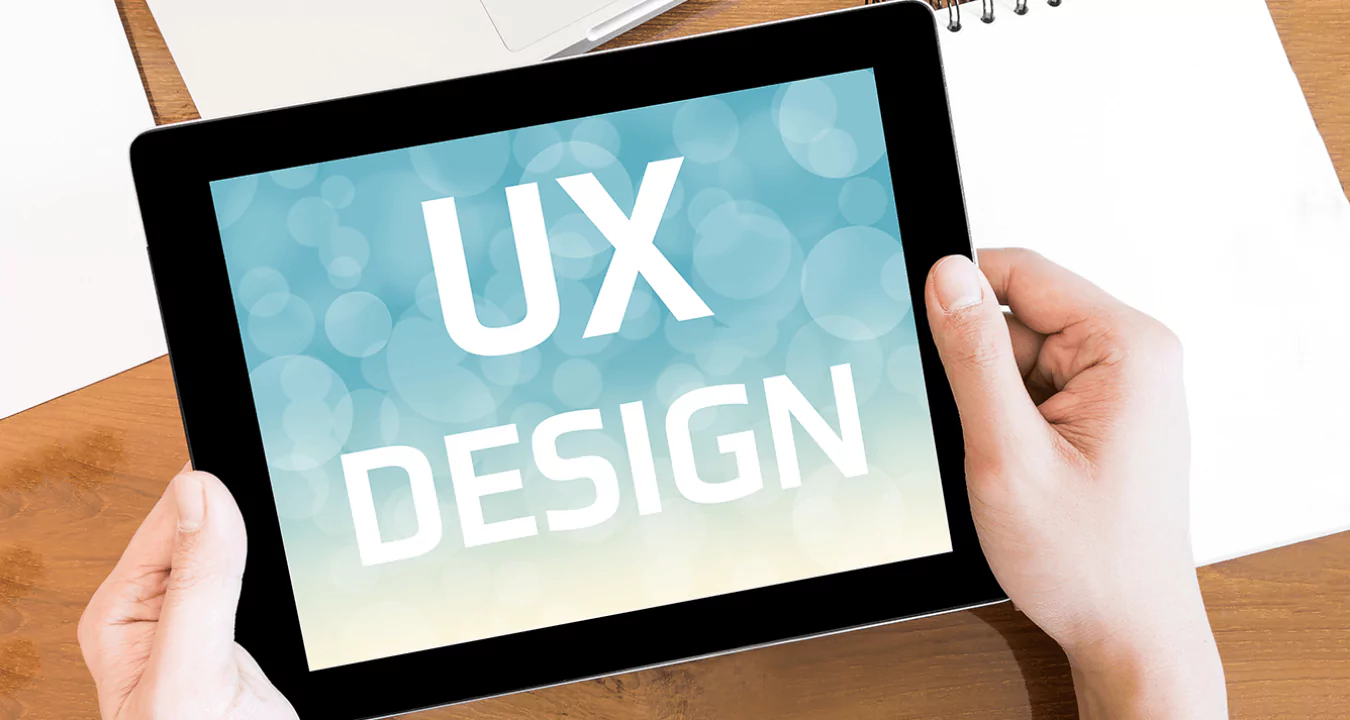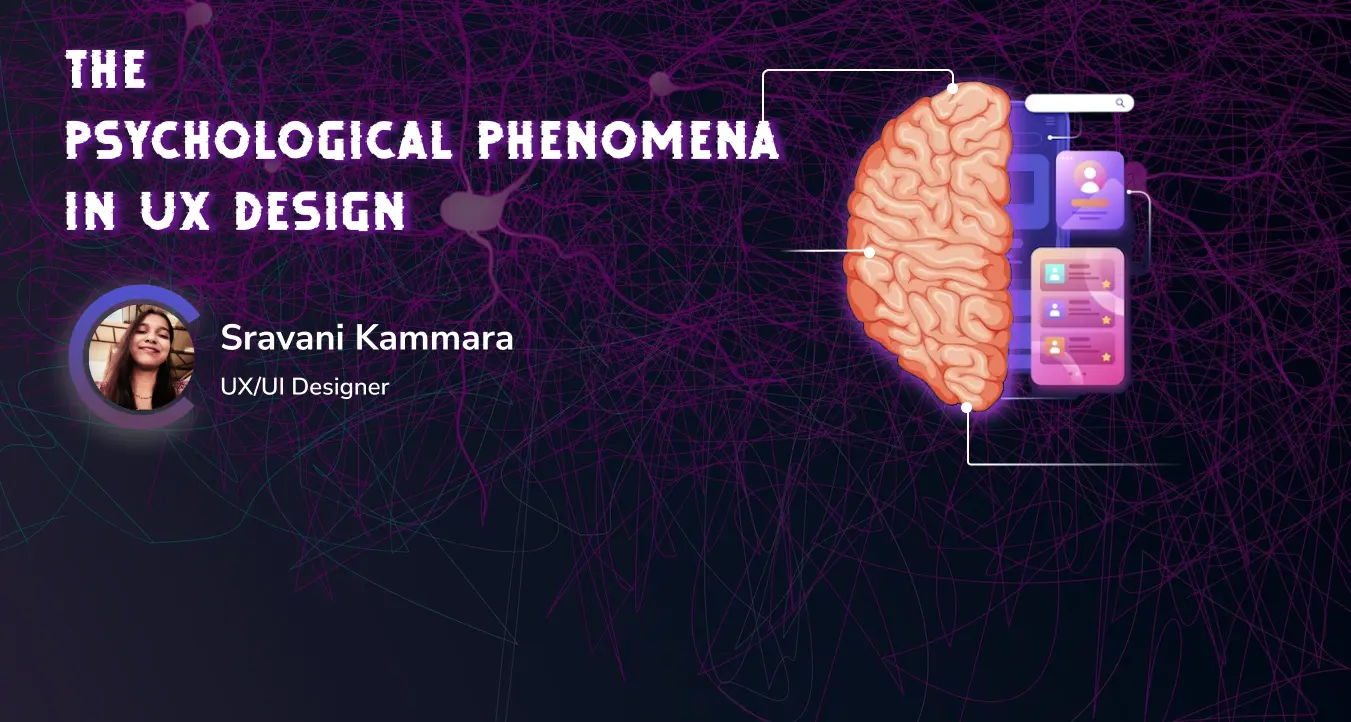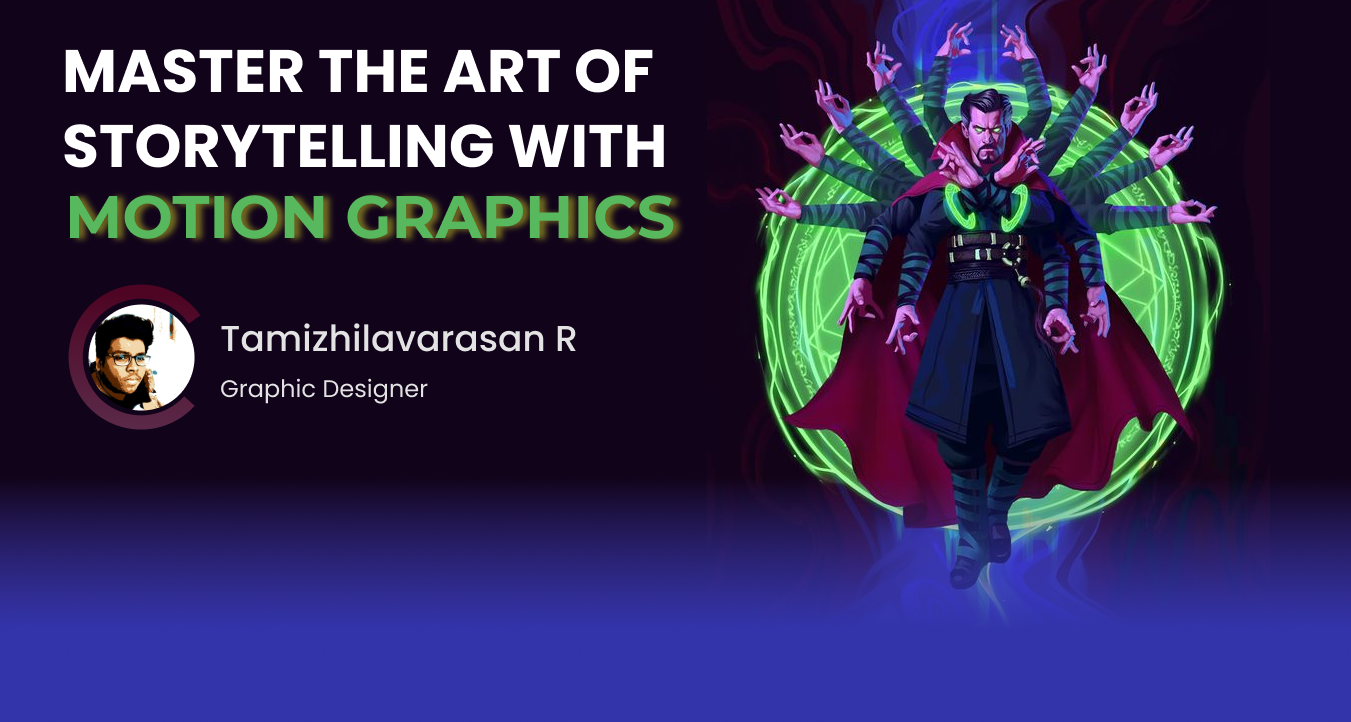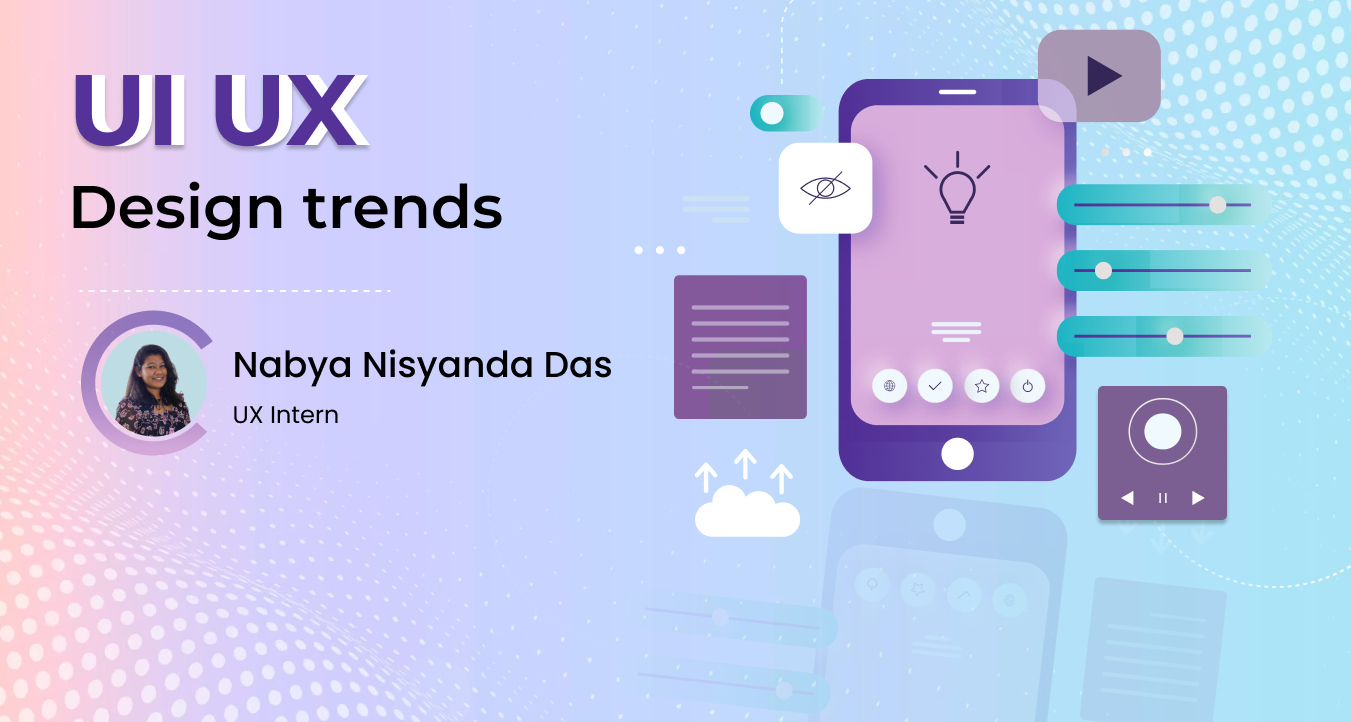We live in a fast paced world. People do not have a lot of time for experiments and no one wants to compromise with the comfort he or she is accustomed to. The market today is highly user driven. The success of brands, the profits of companies and even the general goodwill is highly dependent on how the users perceive and receive products or services. Enter, User Research.
In all my years working with various clients, I have not experienced anything more intense and complicated than UX. It is as much fun to do as it is hard to decode. In this we interview prospective and existing users about how and what they see, hear, think and feel when they do their daily jobs or when they use a certain product. It helps us to understand why people approach or ignore a product or service. The whole objective of UX design is rooted in an understanding of users’ needs, values, abilities, and limitations.
Purpose of UX Design
The main target of UX design is to study the market, aimed at making the product user-friendly. Other things required to be understood in advance are-
Are we in early evaluation of a problem space or market?
Are we already generating concepts?
Are we testing and evaluating user reactions?
Depending on where we stand, we choose from a variety of methods. We want to select those that will maximize our understanding of the user. A good design rises from well-defined goals and audience, and properly validated designs. This makes the designers indispensable. The vitality of the role of a user-experience designer lies in managing the expectations of the company while also meeting user needs. The success of a UX design depends on how effectively different areas are integrated.
Process of UX design
An idea can come from anywhere. One just has to keep the mind open and receptive. We, as designers, have to be ready to accept any criticism of the products and it is a delicate matter too because of the unpredictability of the human mind. It involves the following steps:
1. Pre Planning (Personas, user stories, mind mapping, user flows)
2. Exploration (workshops, brainstorming, sketching, IA, prototypes)
3. Design (wireframes, prototyping, mock-ups, hand-off)
4. Quality Assurance (speed and errors, micro-details)
5. Feedback
Users have to be the centre of focus in all UX design decisions. By involving users early on and repeatedly in the process, we make sure the problems are recognized at early stages when the cost of adjustment is relatively lower. But scope for improvement is always there. UX design is more compatible with iterative methodology rooted in user psychology.
Future of UX Design
The future of UX design remains strong as designers, developers, and those who hire them realize that user experience is just as important as the product or service they are promoting. It depends on many factors:
1. Development of more advanced devices, making it easier to understand human emotions.
2. Advancement of Virtual Reality will provide a new direction to UX design.
3. More use of Artificial Intelligence techniques such as Neural Networks and Expert Systems.
It would be wise to say that User Design and its importance is as unlikely to diminish, as it is hard to ignore. It continues to make brands and companies more aware of the expectations, choices, and responses of the target market and this makes UX designers absolutely indispensable. It would be wise to rely on the opinion of Steve Jobs in what happens to be my favourite description of UX design-
“You’ve got to start with the customer experience and work backwards to the technology.” — Steve Jobs











